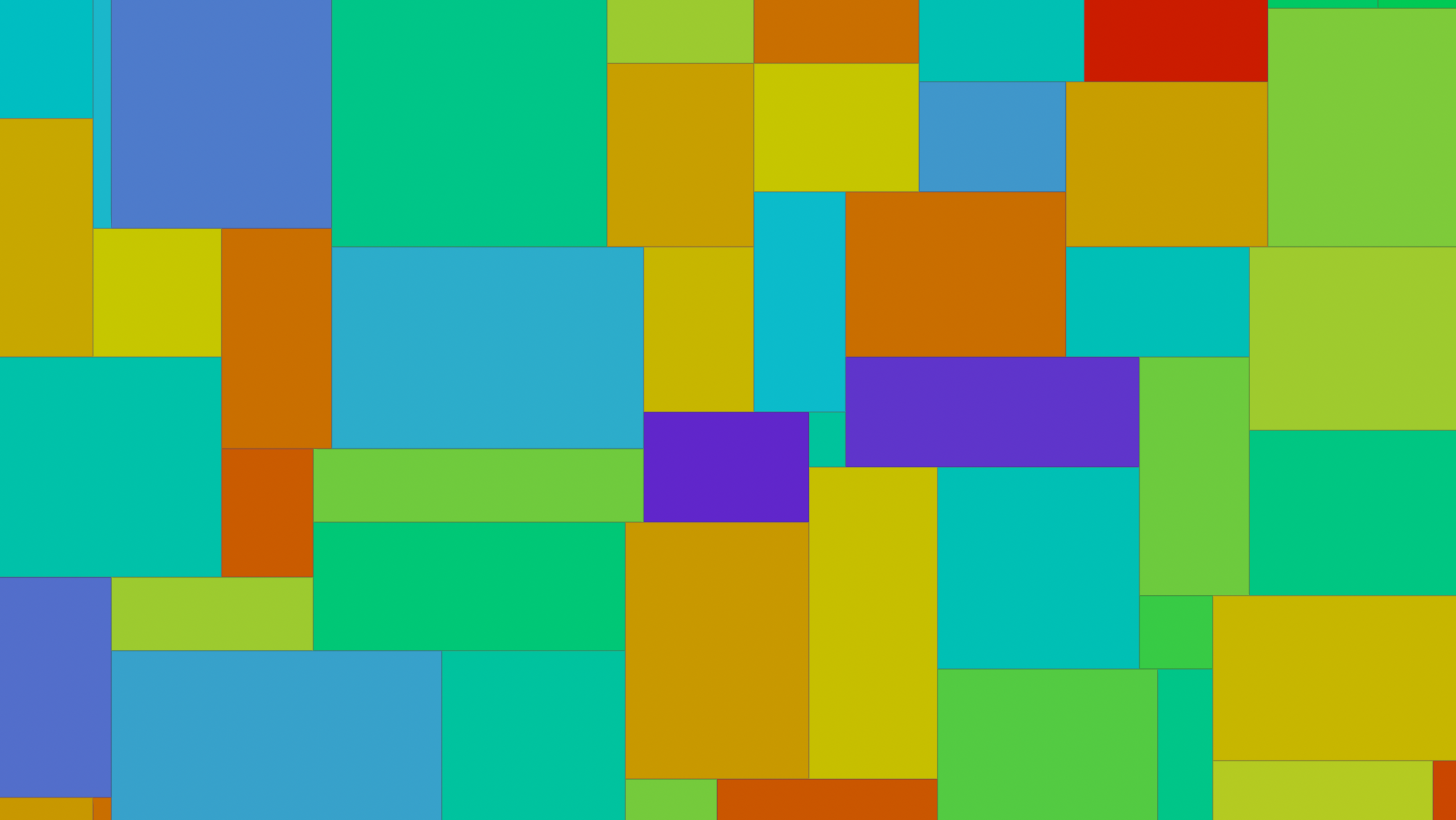

Creating non-overlapping tiles without jumping through too many loops can be quite a challenge. In such cases, code examples from the Shadertoy community can be really inspiring to us Houdini artists. This original code written by a user called fizzer cleverly offsets a checkerboard and supports scaling as well as shifting the entire pattern.
A primitive wrangle creates tiles based on randomized world positions:
float s = chf('scale');
vector2 t = chu('offset');
vector2 uv = (set(v@P.x, v@P.z) + t) * s;
vector2 f = frac(uv);
vector2 c = floor(uv);
vector2 offset;
vector2 tile = c;
float r0 = rand(c);
int orient = (int(c.x) + int(c.y)) & 1;
tile[orient] += f[orient] > r0;
offset[orient] = f[orient] > r0 ? 1.0 : -1.0;
float r1 = rand(c + offset);
tile[orient ^ 1] += f[orient ^ 1] > r1;
u@tile = tile;
In uv we offset and scale the position attribute. The result gets split up in fractional f and integer c. After declaring offset and tile we generate random values for r0 and r1 which will be compared with f. For orient we check if the sum of the integer components of c is even or odd using a bitwise & operation with 1. Next, orient ^ 1 flips the value stored in orient based on whether the sum of the x and y coordinates in c was even or odd.
The primitives get split up based on the tile attribute and a divide node removes inner edges, which leaves us with clean tiles that can be projected onto surfaces or used as a base for texturing.